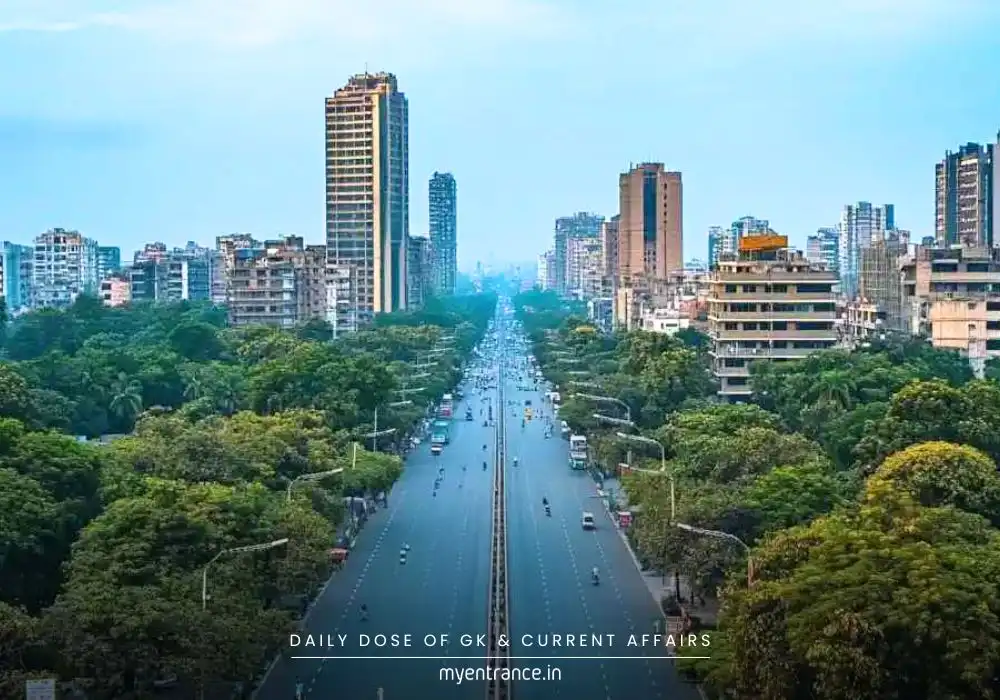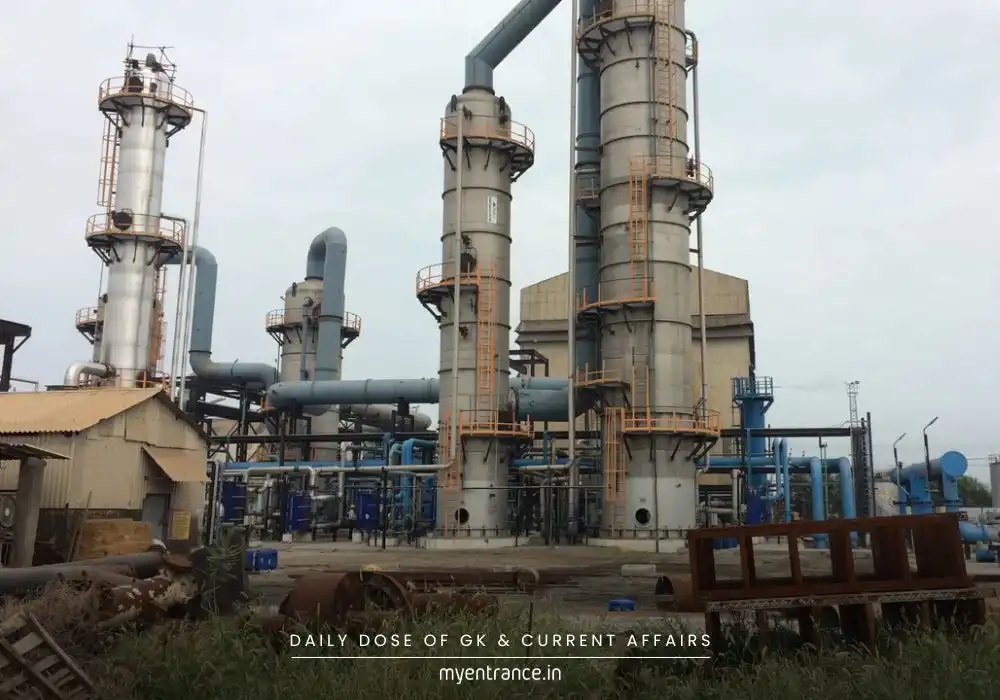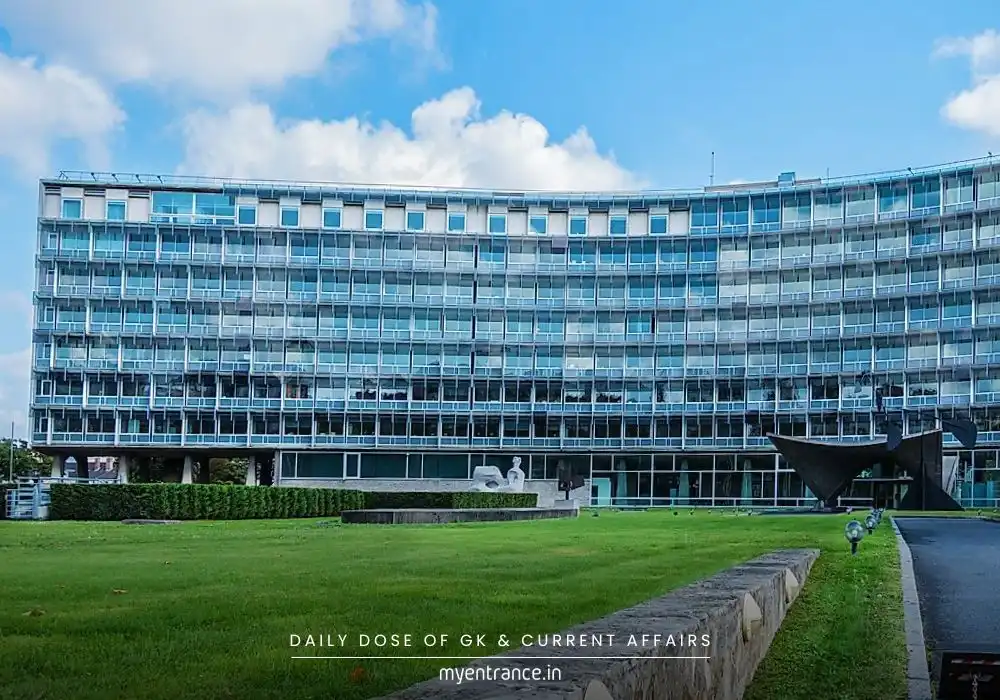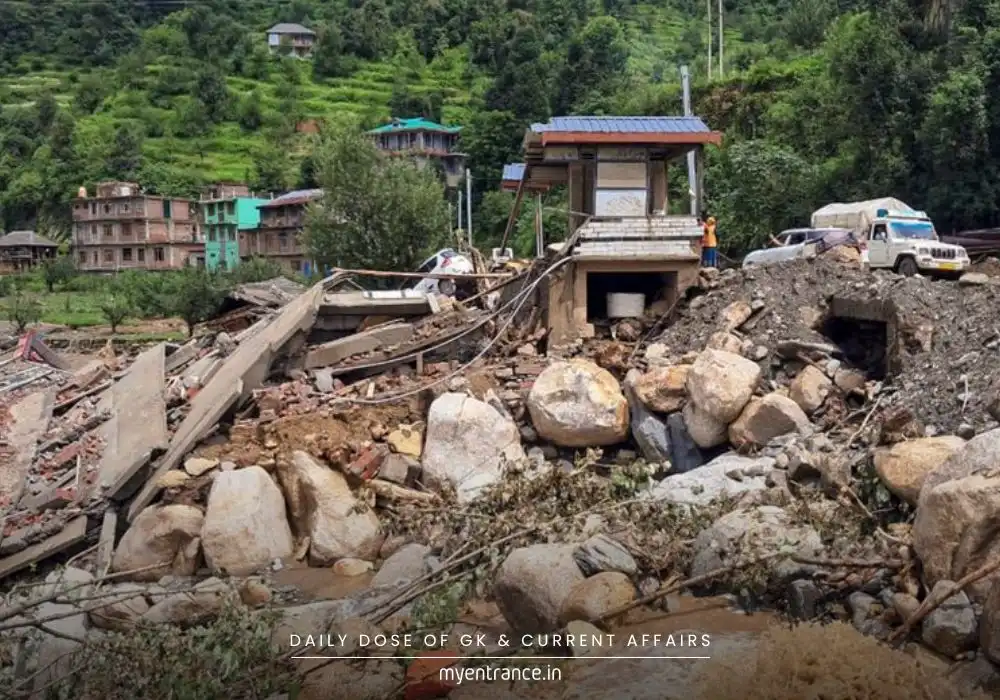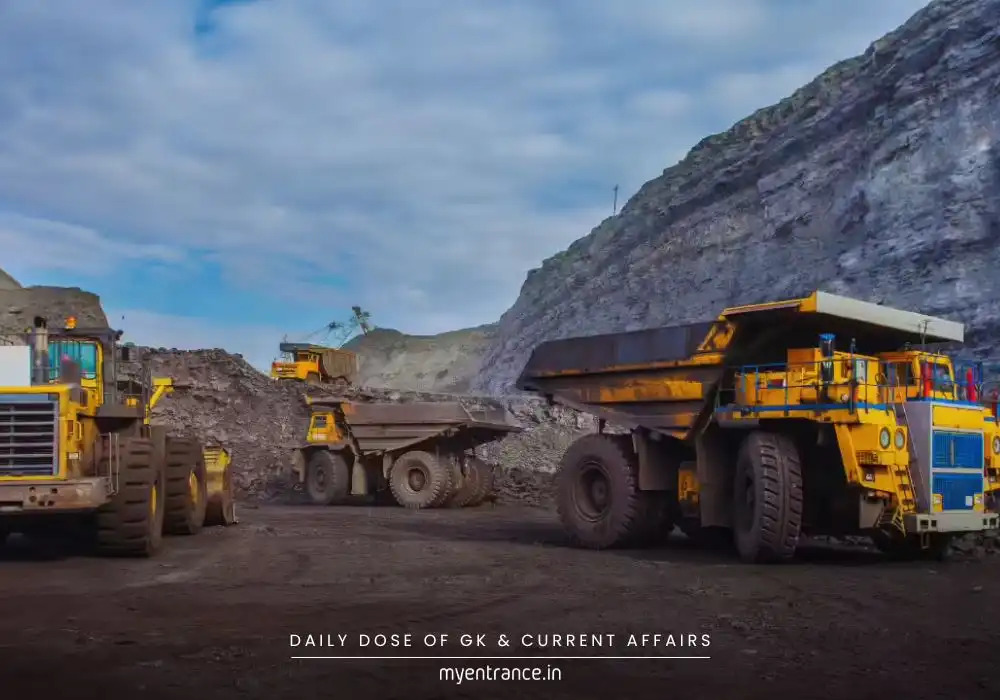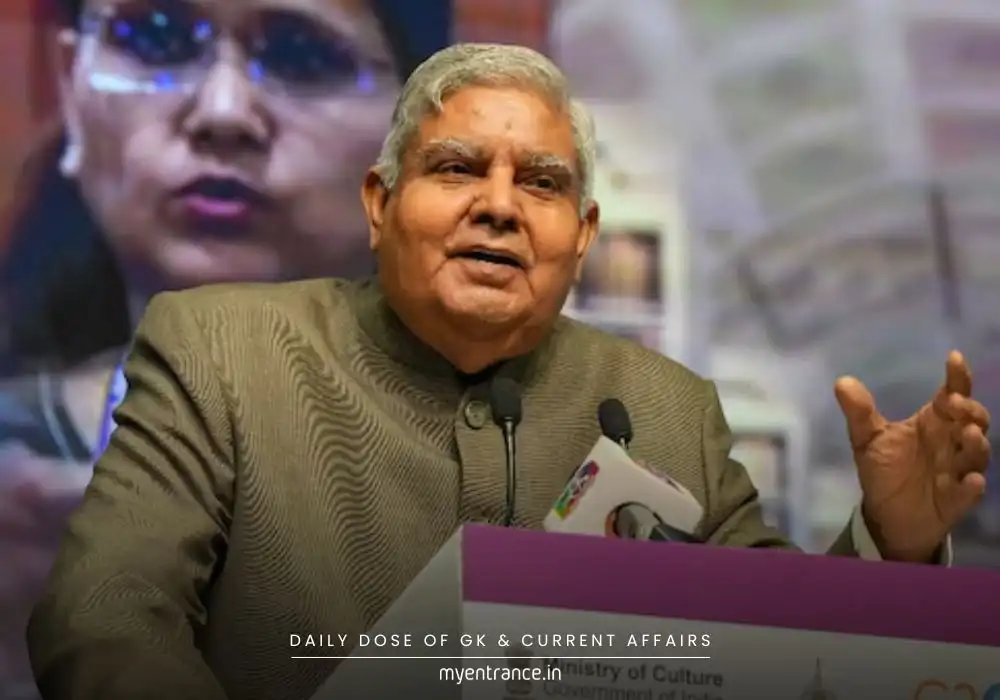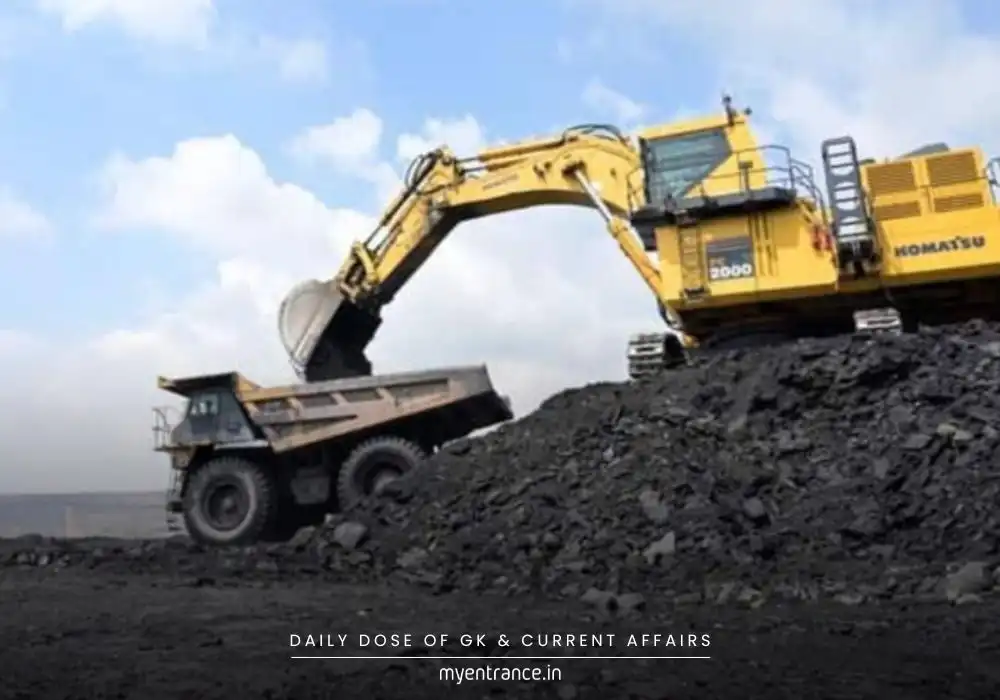Translate Language
Will Indian Cities Sink? The $5 Billion Flood Warning for UPSC Aspirants
A new World Bank report reveals a stark paradox: Indian cities will drive 70% of job growth by 2030 but could lose $5 billion annually to floods without urgent climate action. With urban populations set to double by 2050, this crisis demands immediate policy focus – a critical topic for your competitive exams.
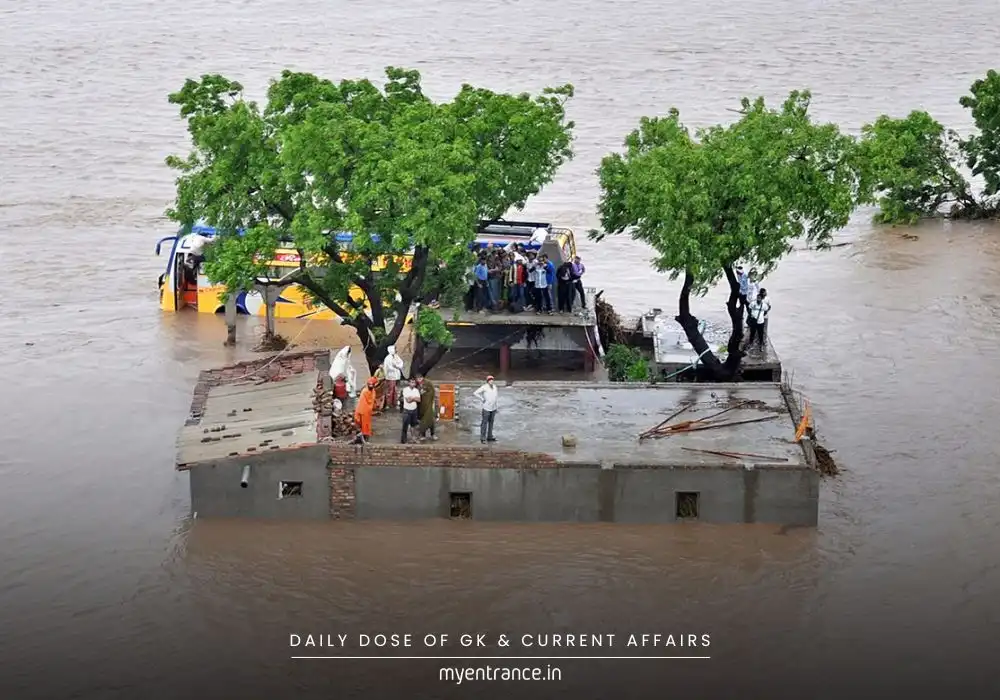
India’s Urban Crossroads: Jobs vs. Climate Disaster
Imagine this: By 2030, Indian cities could create 7 out of every 10 new jobs in the country. But there’s a catch – those same cities might drown in $5 billion worth of flood damages every year. This shocking prediction comes from the World Bank’s latest report, Towards Resilient and Prosperous Cities in India, developed with our Ministry of Housing and Urban Affairs.
Why Cities Hold the Key
By 2050, nearly 951 million Indians will live in cities – almost double today’s urban population.
Flood losses could skyrocket to $30 billion annually by 2070 if cities don’t act now.
Deadly heatwaves might cause over 3 lakh deaths yearly by 2050 due to urban “heat islands” (where cities trap heat).
The Governance Gap
Despite the 74th Constitutional Amendment granting powers to Urban Local Bodies (ULBs), many states haven’t fully implemented it. The World Bank stresses that cities with more autonomy invest smarter in climate resilience. As their Country Director noted: “Empowered cities outperform others in tackling floods and heat.”
Survival Solutions
The report prescribes urgent steps:
Invest $2.4 trillion by 2050 in climate-proof infrastructure.
Adopt low-cost measures like urban forests, cool roofs, and flexible work hours to save 1.3 lakh lives from heat.
Mobilize private funding and set national standards for flood-resilient construction.
Key Q&As for Exam Prep:
Q1: What’s the projected economic loss from urban floods by 2030?
A: $5 billion annually – equivalent to building 10 IIT campuses every year.
Q2: How does the 74th Amendment relate to climate resilience?
A: It empowers ULBs to manage local infrastructure, but poor implementation in states hinders flood/heat management.
Q3: Name two affordable solutions to reduce urban heat deaths.
A: Urban greening (parks/vertical gardens) and installing reflective “cool roofs”.
Q4: What’s the estimated cost for flood resilience in high-risk cities?
A: $150 billion over 15 years to protect 60% of vulnerable cities.
Q5: How might climate change impact urban employment?
*A: Floods/heatwaves could disrupt industries, transport, and supply chains – jeopardizing the 70% job growth forecast.*
Get 3 Months Free Access for SSC, PSC, NIFT & NID
Boost your exam prep!
Use offer code WELCOME28 to get 3 months free subscription. Start preparing today!




